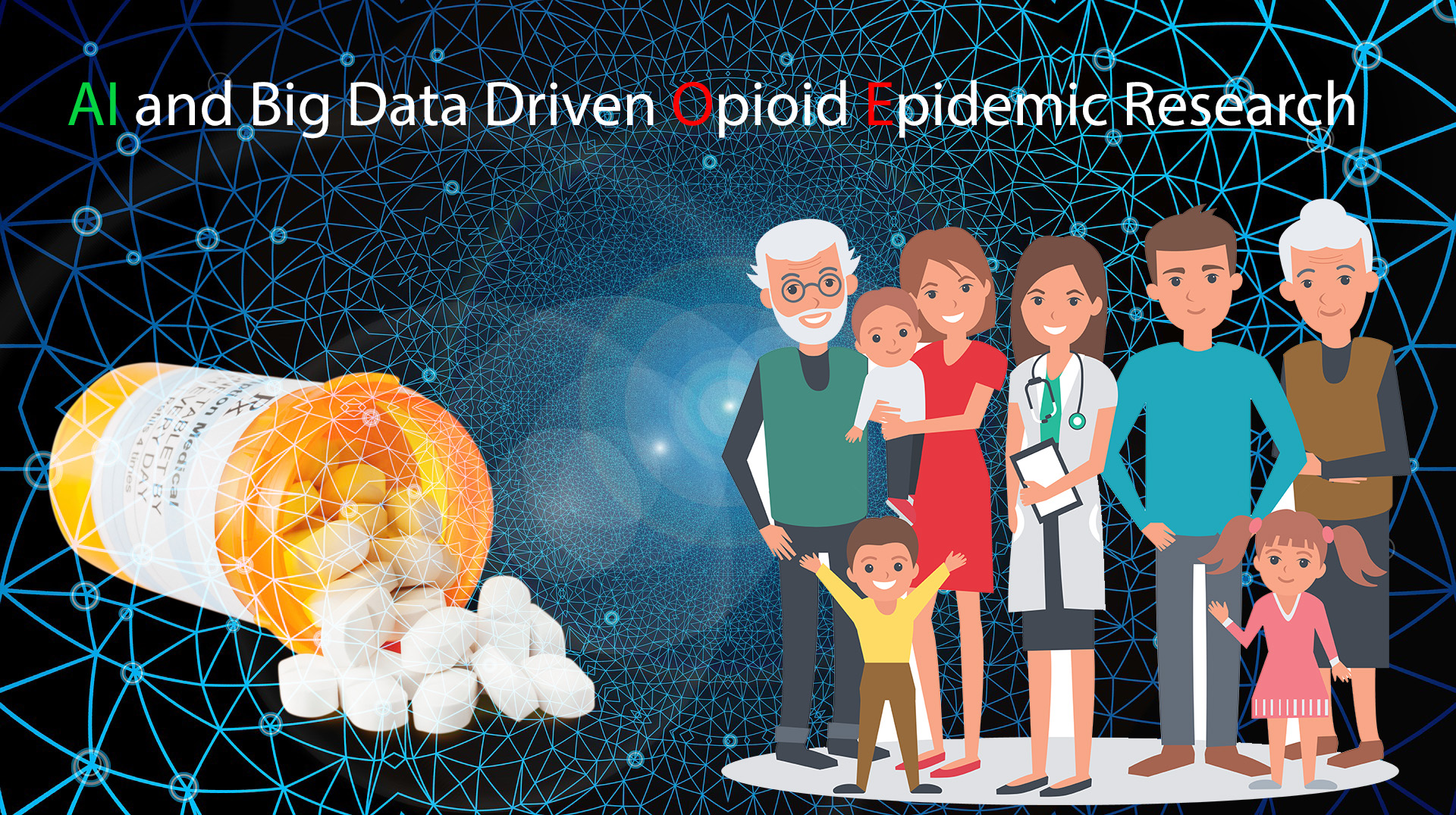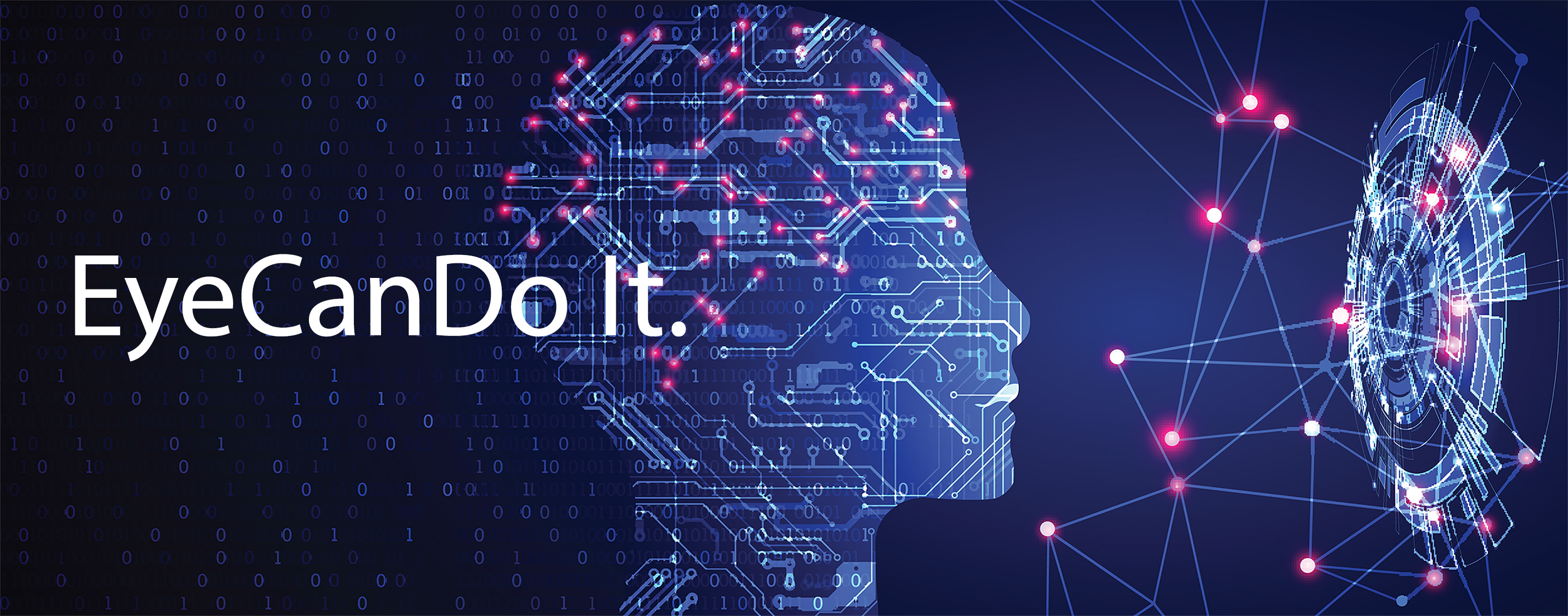|
I am a Professor at Department of Biomedical Informatics and Department of Computer Science
at Stony Brook University. I received my Ph.D. in Computer Science from University of California, Los Angeles, and M.S. and B.S. in Engineering Physics from Tsinghua University.
Prior to joining Stony Brook University, I was an assistant professor at Emory University.
I was a research scientist at Siemens Corporate Research (Princeton, NJ) before joining Emory University.
My research covers Spatial Big Data Management, AI in Healthcare, Medical Imaging Informatics, Clinical Informatics, Population Health and Opioid Epidemic Research, and Assistive Technologies
I received an NSF CAREER award on High Performance Spatial Queries and Analytics for Spatial Big Data in 2014.
Recent Services: PC Co-Chair, IEEE BIBM 2026;
Workflow Chair, ICDM 2025;
General Co-Chair, IEEE BigData 2024;
Program Co-Chair, TIME 2024;
General Co-Chair, ACM SIGSPATIAL 2021; General Co-Chair, SIGSPATIAL 2020.
|
|
|
I will co-teach BMI503: Introduction of Computer Science to Biomedical Informatics this fall, an introductory course for
Computing, Programming, and Data Science, with applications to biomedical applications. You are welcome to register/audit the course.
Meeting Time/Location: Mo 10:00AM - 1:00PM; MART 7M-0602.
No prior programming exxprience is required. A laptop is required for the classroom.
|
|
|
|
I will lead a PCORI funded project to
to work on human centered AI for early prediction of patients' risks.
More information can be found at News.

We have been awarded the 2024 Test of Time award from the Very Large Database (VLDB) Endowment, for our paper
"Hadoop GIS: a high performance spatial data warehousing system over mapreduce" published in 2013.
The paper has made significant contributions to the creation of an ecosystem for big spatial analytics that is currently widely adopted
for its merits of large-scale capacity, scalability, compatibility with low-cost commodity processors, and open-source accessibility,
making it indispensable in the society for various applications.
More information can be found at News.


By integrating eye gaze, facial expressions and brain-computer interfaces on iPad, we will provide an accessible and effective communication app for ALS patients to improve their quality of life.
|
|

